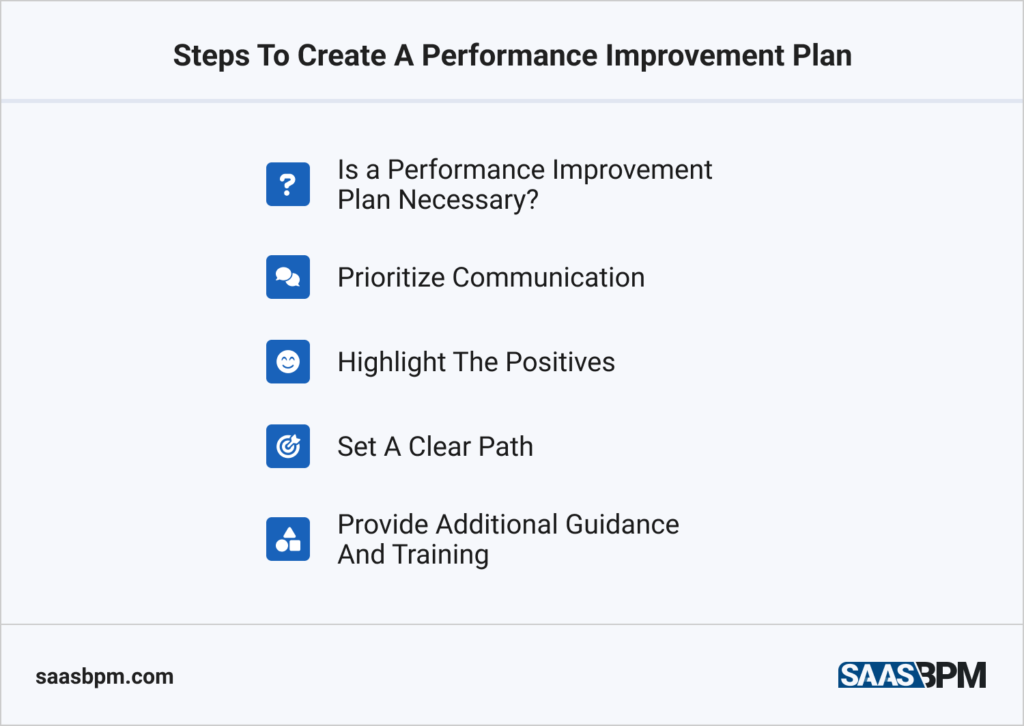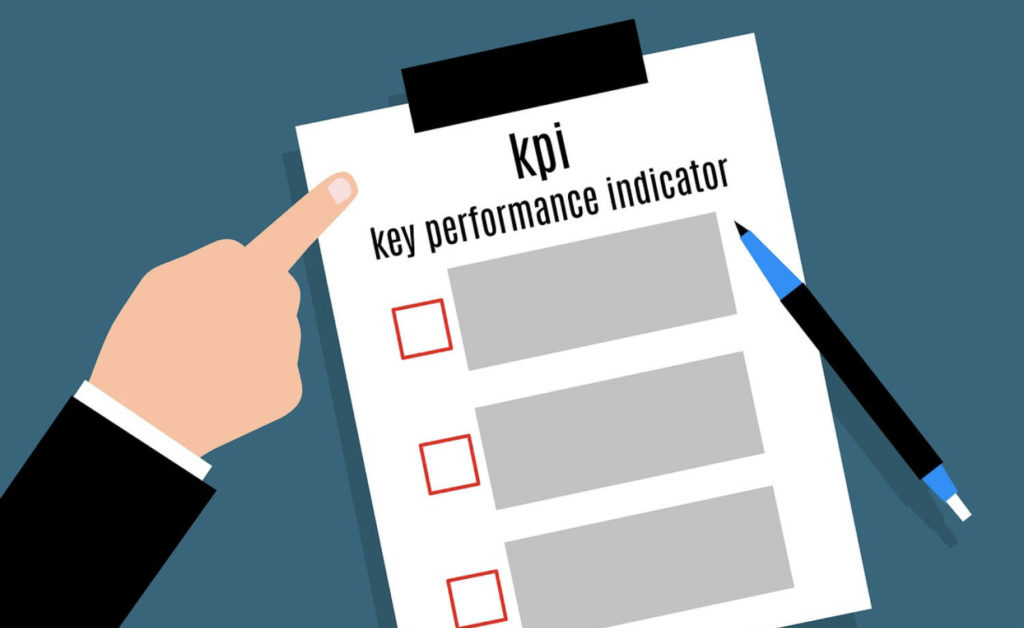A performance improvement plan is generally a strategic HR investment in an employee who has the potential to improve at their job. It is an act of guidance, support and trust that they have what it takes to be a valuable asset to the organization.

In the business world, it is a common situation many HR professionals, managers and employers have to face. They have hand-picked and trained their staff carefully and fully believed they would just fit right in.
However, it’s all about transparent communication and updates no matter the title or years of experience. As business goals evolve and targets change, so does the need of monitoring and modeling employees’ performance towards the right direction. Otherwise, companies may lose some of their best talent due to misjudgement and poor collaboration skills.
In this article, we will have a look at what exactly a performance improvement plan is and what employees it would work for. After this, we will go through the steps to implement one successfully and describe the characteristics of a good employee enhancement program. At the end, we will explore how to analyse the effectiveness of such initiatives.
What Is A Performance Improvement Plan and Who Is It for?
A performance improvement plan, a.k.a a performance action plan, is a document describing current issues in an employee’s work performance. It also contains some expectations for improvements in the form of clearly defined KPIs and time-sensitive targets. Usually, a performance review conversation is scheduled shortly after.
If an employee has been placed on a performance improvement plan, they will probably have a review conversation first. Their direct manager or someone from the HR department will have a chance to go through each item on it. This is precisely the reason why performance improvement plans are the better alternative to solve performance issues. So, they need to be perceived in a positive light. Performance improvement plans present an outline to a struggling employee on the exact problems and ways to fix them. This is for sure better than broadly stating that their performance is poor and they need to step it up!
A company wouldn’t waste time building a performance improvement plan unless there was room for improvement. Thus, this is a solution for employees who are ready to acknowledge their shortcomings. Determination to work out of their way to fix them and are not afraid to ask for help and advice is fundamental.
Steps To Create A Performance Improvement Plan
A Performance Improvement Plan is a powerful tool so managers need to carefully plan and structure it. Here are 5 steps to building a robust and executable action program:

Is a Performance Improvement Plan Necessary?
First of all, employers and HR need to assess if a performance improvement plan is sunstantiated. There may be a simpler solution, or it may be a matter of better communication. Managers need to make sure they check previous appraisals they had with the employee. That’s how they will be able to compare them to the current situation to make an informed decision.
There is a difference if the deficiencies are related to work performance or personal behaviour. Also, it depends on the manager’s due diligence.
If the manager is committed to helping their subordinates improve their professional achievements at work, a performance improvement plan is a perfect solution. However, if the team leader is trying to elegantly make someone hand in their resignation letter, a performance improvement plan would be just a waste of time and resources for both parties.
There may be various reasons for an employee’s poor performance. Some alternatives could be personal problems, lack of experience, or badly defined KPIs. In each case, a good manager would keep an open mind and talk to their team members regularly.
Prioritize Communication
For a performance improvement plan to be effective, team leaders need to make sure they are in constant communication with the employee the plan was for.

Good collaboration will give the staff member a sense of trust. In addition, it increases their responsibility as they will try to find different ways to prove themselves.
Listening to employees’ concerns and thoughts on each of the points in the plan is essential. Otherwise, managers risk disengagement and misunderstandings that will certainly affect the plan execution itself.
Therefore, it’s a good idea to schedule regular check-in sessions with your team, regardless of their performance and work duties. A good BPM software allows managers and their teams to operate their tasks, meetings and project comms from an intuitive, easy-to-use platform.
Highlight The Positives
Any employee that receives a performance improvement plan would think that this is politely letting them know they need to look for another job. However, if the manager truly wants the plan to work, they need to highlight the individual’s positive contribution to the team/company.

Thus, good leaders and HR professionals must demonstrate their appreciation for their colleague and end the conversation on a positive note. After all, no one wants them to lose their sleep over this, only to up their game (because they can!).
Set A Clear Path
Before building the program, managers should line up the employee expectations and goals of the plan. This will give the team member a definite structure and time frame to work within.
Informal feedback is great however not enough sometimes. Hence, HR professionals need to present a structured step-by-step improvement plan so that results are measurable and easy to act upon.
Provide Additional Guidance And Training
Lack of all necessary skills for the job can often be at the core of the problem. If a new employee finds themselves in the dark from their first day on the clock, they may ask for assistance. However, they may try to find their way around it. This could be costly and inefficient. Fortunately, it is easy to implement in the business processes of a company.
Reasons for insufficient skill sets may vary, but they could be either having the necessary experience that needs to be tailored to the company culture, or a recent change in the person’s responsibilities that caught them off guard.
Thus, it’s important to have a streamlined onboarding process that clearly goes through the job role description, company workflow processes, responsibilities and reports.
As mentioned above, communications and regular check in sessions are crucial. They help employers identify skill and knowledge gaps and find an appropriate solution. This may be via an online course, a mentor, job shadowing, additional resources, daily one-to-one meetings etc.
Final Thoughts
Conversations about performance are never easy in a work setting. A lot of the times when an employee underperforms, a performance improvement plan would be just the right solution. People often boost their efforts when seeing results pointed directly by an experienced team member or a manager. Thus, communication, regular feedback, structure and constant monitoring and guidance are so important for business success.

